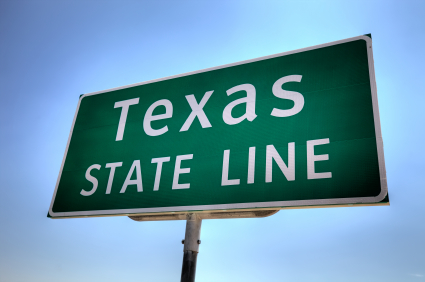US Car Insurance in Canada
What’s needed to drive with US car insurance in Canada, when you need to get Canadian insurance, and things to consider while driving in Canada.
Have you ever wanted to take a road trip to Toronto, Montreal, Vancouver, Winnipeg or even Alaska?
To do so you need to drive in Canada. While you may think you need to buy additional insurance at the border as you do in Mexico, the fact is in Canada you don’t need to worry about it in many cases.
However, there are several other things to consider before driving in the Great White North. It’s why US car insurance in Canada may not work in all situations.
Driving with US Auto Insurance in Canada
Canada is the only foreign country where U.S. auto insurance is generally recognized nationwide. As long as you’re traveling to Canada on a short-term basis as a “tourist,” purchasing Canadian auto insurance is not required provided you already have a valid U.S. license, registration and auto insurance policy.
As you do back home, as a U.S. drivers you are required to carry your license, registration and proof of insurance with you in Canada. Canadian officials also require you carry a “Non-Resident Inter-Province Motor Vehicle Liability Insurance Card” issued by your insurance company. To get this, just call your agent and tell him or her you need a Canadian insurance card
(yes, they should know what it is, or at least know who to call about it).
Oh yeah, you need a passport or a federally-approved travel document to get into (and out of) Canada in the first place. The days when you could cross the border without this documentation are a thing of the past.
Getting Canadian Auto Insurance (If You Need To)
You don’t need to worry about it if you’re only in Canada for a few days. However, if you plan on moving to Canada or or otherwise driving there for any length of time as anything other than a tourist, such as for college or an extended work-related excursion, you may very well have to get Canadian auto insurance.
While Canadian auto insurance is somewhat similar to auto insurance in the U.S., bear in mind all provinces and territories employ some form of “no fault” auto liability insurance, or auto insurance where your policy pays for your own liability-related damages.
Minimum liability limits in the Canadian provinces and territories are significantly higher than in U.S. states. Most provinces and territories require a liability minimum roughly equivalent to a $200,000 combined single limit (CSL). Although this is in Canadian dollars, it’s still considerably more than required anywhere in the U.S. Canadian auto insurance also often includes components of disability insurance and even life insurance in the form of final expense coverage not seen in American auto insurance coverages.
In some provinces auto insurance is partially or entirely a government operation. Ontario’s state-run auto insurance program is comprehensive, but particularly complex. Private auto insurance is available in other provinces, however, such as Alberta and Nova Scotia.
Canadian Things to Watch For (Other Than Moose)
Speed limits in Canada are expressed in kilometers per hour and considerably lower than in the U.S. The standard highway speed limit in Canada is 80 kilometers per hour, or just under 50 miles per hour. Posted speed limits on rural highways can be up to 100 kilometers per hour, but even that’s only around 62 miles per hour. Also bear in mind road signs may be in French, particularly in Quebec.
DWIs are dealt with very severely in Canada. In fact U.S. citizens found driving in Canada with any alcohol-related offense on their records are subject to immediate deportation, no matter how minor or how long ago the offense was. Americans with any prior DWI conviction must apply for a waiver from the Canada Border Services Agency, the Canadian Embassy in Washington, D.C., or any Canadian consulate in the U.S. before they can drive legally in Canada. This process can take weeks or even months.
Radar detectors are illegal in Quebec, Ontario, Manitoba, the Yukon and the Northwest Territories. If you are caught with one in these areas, even if it’s off or broken, it may be confiscated and you may be heavily fined. All the more reason to review your US car insurance in Canada – before driving there. Leave your detector at home if you plan on driving at all in these areas.





